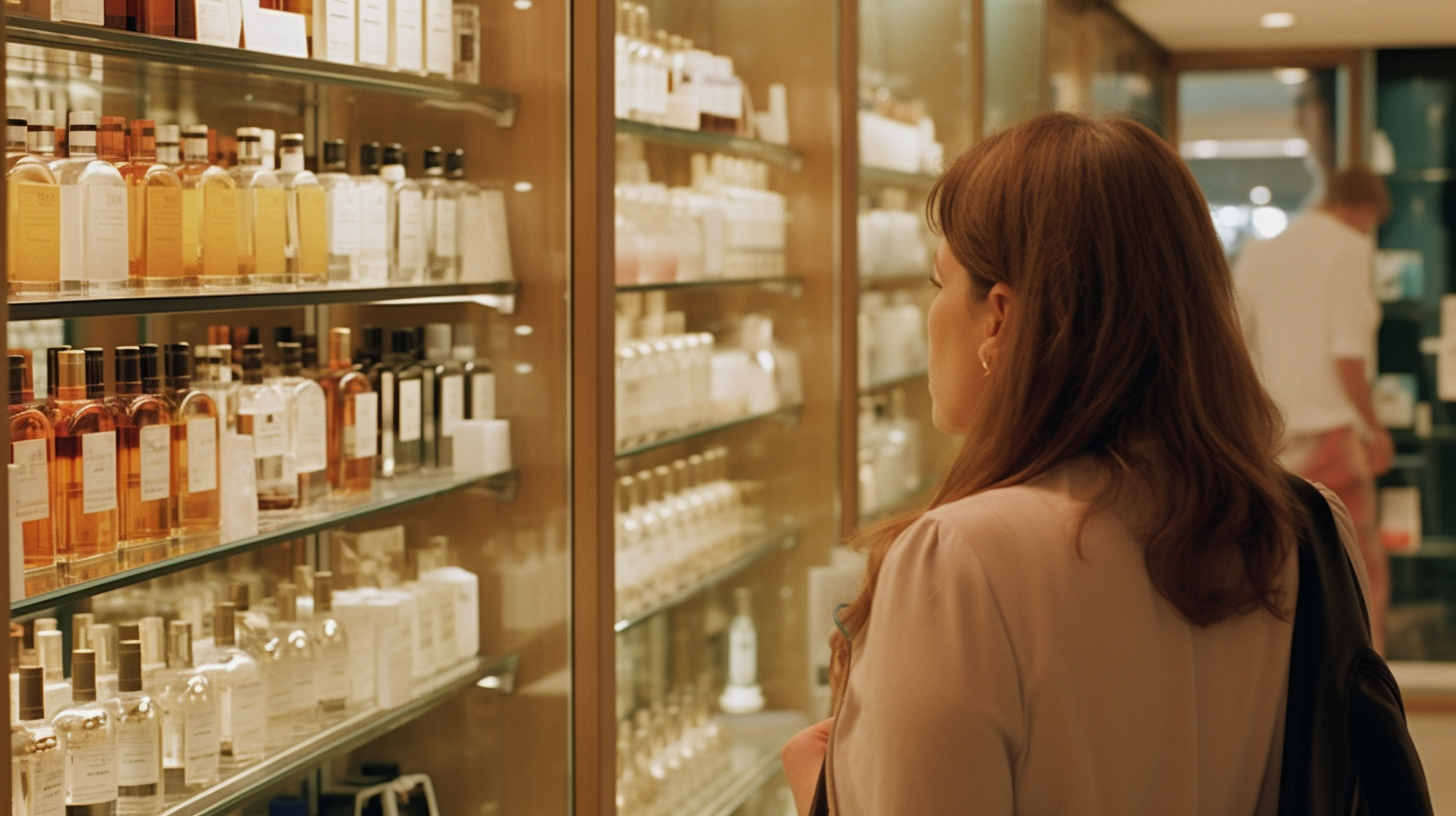How to Properly Blend Essential Oils for Fragrance: A Step-by-Step Guide
Welcome to our step-by-step guide on how to properly blend essential oils for fragrance! Whether you’re a DIY enthusiast or simply looking to explore the world of natural scents, this tutorial will provide you with all the information you need to create your own unique and personalized fragrances.
Why Blend Essential Oils for Fragrance?
Essential oils have been used for centuries for their aromatic properties and therapeutic benefits. By blending different essential oils together, you can create a fragrance that suits your personal preferences and captures the essence of nature.
When you blend essential oils, you have the freedom to experiment with different scent combinations and create something truly unique. Whether you’re looking to make your own perfume, create a signature scent for your home, or simply enjoy the therapeutic benefits of essential oils, blending allows you to customize your fragrances according to your mood, occasion, or personal style.
Before You Begin: Essential Oil Basics
Before we dive into the step-by-step process of blending essential oils for fragrance, let’s cover some basics about essential oils:
- Purity: It’s crucial to use pure, high-quality essential oils when creating fragrances. Look for oils that are labeled as 100% pure and therapeutic grade.
- Dilution: Some essential oils are quite potent and should be diluted before use. Diluting an essential oil means mixing it with a carrier oil (such as jojoba oil or sweet almond oil) to reduce its concentration.
- Scent Categories: Essential oils can be categorized into different scent families such as floral, citrus, woody, spicy, and herbal. Understanding these categories will help you create well-balanced blends.
- Note Types: Essential oils are also classified based on their volatility and evaporation rates. The three note types are top notes, middle notes, and base notes. A well-rounded fragrance blend includes all three note types.
Step-by-Step Guide to Blending Essential Oils for Fragrance
Now that you have a good understanding of essential oils, let’s get started with the step-by-step process of blending them for fragrance:
Step 1: Gather Your Materials
To begin blending essential oils, you’ll need the following materials:
- A selection of essential oils in your desired scents
- A notepad or journal to record your blends
- Pipettes or droppers for precise measurements
- Dilution carrier oil (if necessary)
- Glass bottles or containers for storing your blends
Step 2: Choose Your Scent Combination
Start by selecting the essential oils you want to blend together. Consider the scent categories and note types mentioned earlier to create a harmonious blend. For example, you could combine floral top notes like lavender or rose with woody middle notes like cedarwood or sandalwood, and finish with a base note like vanilla or patchouli.
Don’t be afraid to experiment! Keep in mind that some scents may overpower others, so it’s important to find the right balance.
Step 3: Determine the Ratio
The next step is to determine the ratio of each essential oil in your blend. Start with a small batch and adjust as needed. As a general guideline, you can use the following ratios:
- Top notes: 30%
- Middle notes: 50%
- Base notes: 20%
For example, if you’re creating a blend with three essential oils, you could use 3 drops of top note oil, 5 drops of middle note oil, and 2 drops of base note oil.
Step 4: Blend and Smell
Now it’s time to blend your essential oils together. Using the pipettes or droppers, carefully measure the desired number of drops for each oil into a glass bottle or container. Secure the lid and gently roll or shake the bottle to mix the oils.
Once blended, take a moment to smell your creation. This will give you an idea of how the different scents harmonize and whether any adjustments need to be made. If needed, you can add more drops of an essential oil to enhance a particular scent or achieve the desired balance.
Step 5: Let It Mature
Allow your fragrance blend to mature for at least 24 hours before using it. During this time, the different scents will meld together and create a more cohesive aroma. Keep in mind that some fragrances may continue to evolve over time, so it’s worth revisiting your blends after a few days to see if any adjustments are necessary.
Tips and Precautions for Blending Essential Oils
To ensure a successful blending experience, here are some additional tips and precautions:
- Safety first: Always follow safety guidelines when working with essential oils. Some oils may cause skin sensitivity or other adverse reactions. Perform a patch test on a small area of skin before applying a fragrance blend topically.
- Start small: When experimenting with new blends, start with smaller quantities to avoid wasting precious essential oils.
- Keep records: Maintain a journal or notepad to record your blends, ratios, and any adjustments you make. This will help you recreate successful blends in the future.
- Consider the purpose: Different scents evoke different moods and have varying effects on the mind and body. Consider the purpose of your fragrance blend—whether it’s for relaxation, energy, or focus—and choose essential oils accordingly.
- Have fun: Blending essential oils is an art form that allows for creativity and self-expression. Enjoy the process of experimenting with different scents and creating something uniquely yours!
In Conclusion
Congratulations! You’ve learned how to properly blend essential oils for fragrance. By following these step-by-step instructions and considering the tips and precautions provided, you’re now equipped to create your own personalized scents that suit your style and preferences.
Remember, blending essential oils is a journey of exploration and self-discovery. Don’t be afraid to experiment, trust your intuition, and have fun along the way. Happy blending!




